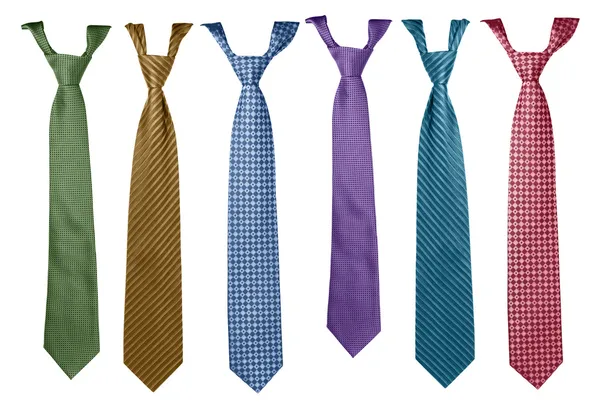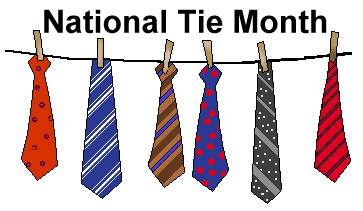History of Ties–Celebrating National Tie Month

December 20, 2021
What comes to mind first when you think of December? The answer is probably Christmas or Hanukkah. But not a lot of people know that December is the National Tie Month. Although many people just think of ties as cloth that goes around the neck on special occasions, the origins of ties go back to the 17th century.
 According to nonstopcelebrations, he earliest ties were the cravats of the Croatians in the mid-1600s. Cravats were tailored neckwear for those serving in the Croatian military. During the Thirty Years War, King Louis XIV of France took a liking to cravats after meeting Croatian mercenaries and started wearing them. After this, cravats became a fashion trend in France, where a tie was called “La Cravate.” As time passed, cravats became a sign of nobility among the French. Look at any portrait of a French noble in the 17-18th century – I assure you, he will have a cravat around his neck.
According to nonstopcelebrations, he earliest ties were the cravats of the Croatians in the mid-1600s. Cravats were tailored neckwear for those serving in the Croatian military. During the Thirty Years War, King Louis XIV of France took a liking to cravats after meeting Croatian mercenaries and started wearing them. After this, cravats became a fashion trend in France, where a tie was called “La Cravate.” As time passed, cravats became a sign of nobility among the French. Look at any portrait of a French noble in the 17-18th century – I assure you, he will have a cravat around his neck.
An interesting model that was popular in the early 1700s was the stock, a leather tie designed for people to be able to keep their head up while riding their horses. It functions like a seatbelt, except it goes around the neck. Don’t worry, it isn’t as bad as it sounds – people still wear it when they’re horseback riding. Cravats officially began to be called “ties” in the early 1800s, during the rule of Napoleon Bonaparte. After ties naturally became part of the French tradition, they eventually spread around the world.
At the same time period, a new trend of ties was created due to the Industrial Revolution. With the utilization of machines, more kinds of fabric such as wool, cotton, and silk were produced quickly and efficiently, spreading the popularity of ties. With tuxedos becoming a fashion trend among the wealthy, bow ties and ascots were especially popular among men.
In 1920, Jesse Langford designed the Langford necktie. It was the first tie that was designed to be sewn in three segments, and quickly became popular. People loved the new tie, and soon the Langford necktie was the generalized tie all around the world. To this day, we use the same method in our ties.


Not long after, another trend came to be in the tie industry. According to moderntie.com, The Kipper tie, which was about five inches wide, was unlike the previous skinny ties. Since many were tired of skinny ties, the unorthodox design soon became popular.
Ties began having simpler designs in the late 1900s, when people started to prefer casual looks instead of formal ones. People started to wear ties of pastel colors and floral prints. Business casual looks also became popular with influencers such as Steve Jobs and Bill Gates, who started to sport casual shirts instead of suits, making the tie less popular in some businesses.
Today, neckties are still the symbol of formality, though the COVID-19 lockdowns have created a major shift in office formality. Many office workers are dressing more casually than they did before the pandemic. While ties are not part of our daily looks like they were decades ago, it is still an unsaid rule to wear ties during serious occasions.
Why not send off 2021 on a fun note? Wear your favorite tie for the holidays and celebrate National Tie Month with some holiday spirit. Just remember while you are putting it on that the tie that you’re putting on has a lot of history.
















































































































































